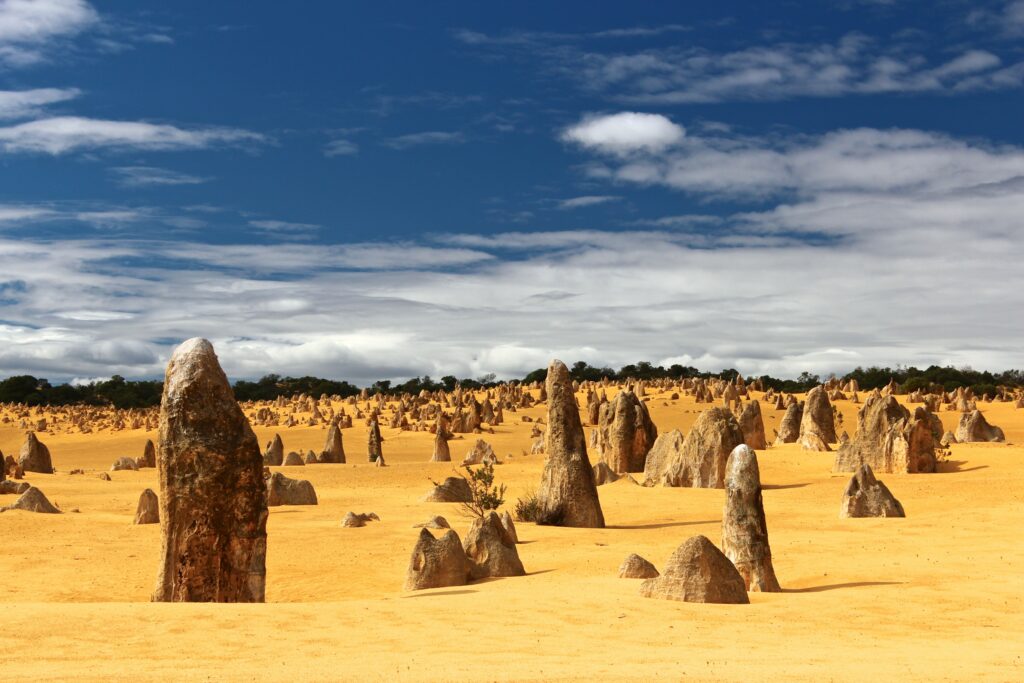
Reducing Deaths from Air Pollution
Exploreabout Reducing Deaths from Air Pollution
The cost of making the information available and safeguarding its future was prohibitive — an estimated $100 million.
Geoscience Australia has accumulated more than 250,000 slides, which include handwritten entries from extensive mapping programs and scientific expeditions.
The information is useful for geological surveying and also plays a valuable role in calibrating remote sensing data from satellites, drones and other surveying methods.
Because the slides were created and stored in the pre-digital era, this valuable data was both invisible and inaccessible.
And the clock was ticking on their future due to threats from physical deterioration.

An innovative crowdsourcing platform, which was developed by the Australian Museum, was called into play to help solve the problem. The platform, called DigiVol, is hosted and sustained by the Atlas of Living Australia.
DigiVol allows an army of volunteer citizen scientists who don’t have special research or data skills to input an array of information, from field notebooks to photographs, into digitally accessible data.
The research team, which included an ARDC data management expert, used the platform to develop a user-friendly geoscience project. This allowed volunteers to help transcribe thousands of Geoscience Australia’s handwritten entries into usable data.
Access to the information only takes a few minutes.
And, in keeping with the FAIR data principles (Findable, Accessible, Interoperable and Reusable), it can be used by other external platforms and data systems.
Industry and academic researchers now have easy access to essential geological information, including the presence of minerals and their formation, without incurring expensive field time.
Developing data rich, user-friendly avenues that allow people without special training to help secure important information for current and future generations is a powerful tool for the Australian community.